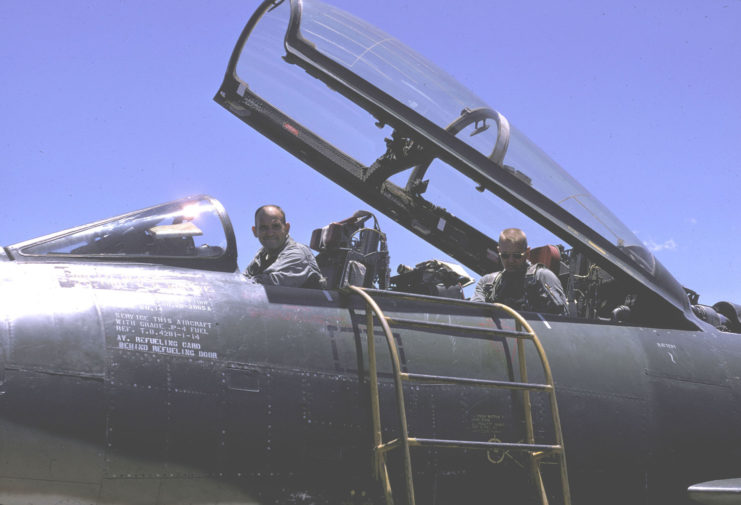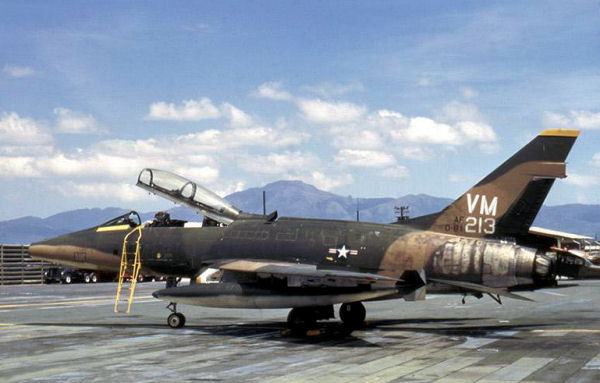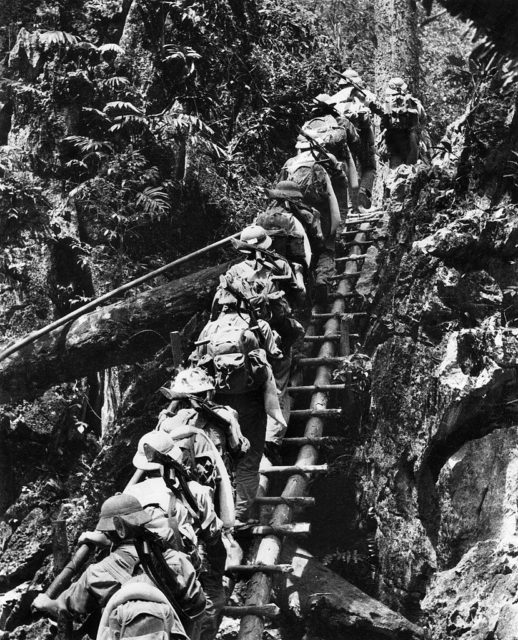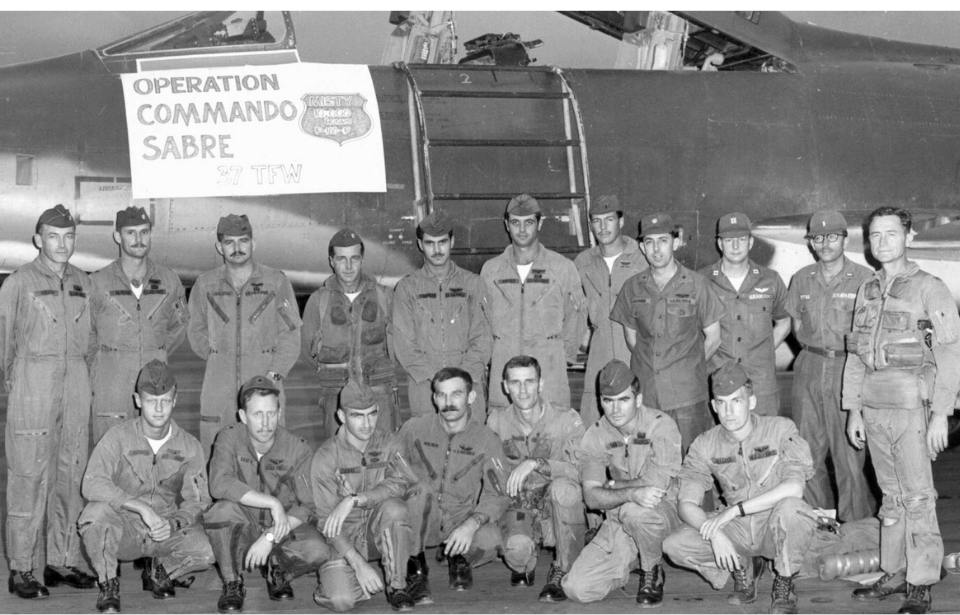A new documentary slated to premiere on PBS stations on May 2, 2022 will introduce audiences to the never-before-told story of 157 US Air Force fighter pilots and their experimental unit designed to disrupt the flow of weapons into South Vietnam during the Vietnam War.

The group came together in June 1967 as Detachment 1, 416th Tactical Fighter Squadron, Phù Cát Air Base, Vietnam. Their official name was “Operation Commando Sabre,” with the 16 pilots and four aircraft given the codename “Misty.” Maj. George E. “Bud” Day was its first commander, while Maj. William Douglass served as the unit’s first Ops Officer.
Given the top-secret nature of their work, very little is publicly known about the aviators and their work. This is why the documentary, titled The Misty Experiment, became a passion project for both the filmmakers and the pilots who were interviewed. More than 20 of the unit’s 157 members were spoken to over several years, creating the template for the film.
Filmmaker Danny L. McGuire filmed the majority of the interviews before leaving the project unfinished due to health issues. Production was paused for several years, until filmmaker Ian Adelson was approached by his grandfather Doug Echenberg to complete the project. Echenberg served as an Air Force flight surgeon for the unit.
In 1967, weapons and supplies were freely flowing to South Vietnam from the north, resulting in an increase in the loss of US aircraft and personnel in the country. As such, it was the new unit’s job to test out a new air controller concept that would stop the flow of enemy weapons and personnel by identifying targets for aerial attacks.
The first Misty pilots designed the basic techniques and tactics used by later flyers. They ensured two pilots flew on each mission, with the front seat pilot flying the aircraft while the one in the backseat responded to radio transmissions, took photos on a handheld 35 mm camera with a telephoto lens, and analyzed maps of the area.

To accomplish their missions, Misty pilots flew two-seater F-100F Super Sabre fighter jets, which were much faster than their propeller-powered counterparts (the Cessna O-2 Skymaster and Cessna O-1 Bird Dog), hitting speeds of between 350 and 550 MPH. While flying low over enemy territory along the Ho Chi Minh Trail, they would continually jink and turn in irregular patterns to make it more difficult for North Vietnamese anti-aircraft weapons to hit them.
They also dive-bombed over enemy targets, shooting smoke-filled rockets to mark their positions for Air Force and US Navy fighter jets – McDonnell Douglas F-4 Phantom IIs and Republic F-105 Thunderchiefs – to launch strikes. This, paired with their aerial photography, allowed them to map North Vietnamese movements, supply routes, and the locations of anti-aircraft weapons.
Misty missions were incredibly dangerous, and pilots were once told that they were facing the largest amount of anti-aircraft weaponry since the Second World War. The missions were often exhausting for the crews flying them. Pilots remained on station for up to six hours, during which they temporarily left North Vietnamese airspace to refuel from an aerial tanker. By the end of the program, they were flying seven sorties a day.
Of the 157 pilots who served over the three years the unit existed, 34 were shot down, eight were killed in action and four became prisoners of war.

The top-secret Misty unit was disbanded in May 1970. Following this, two of its pilots became Air Force Chiefs of Staff, while six others rose to the rank of general officer. Two flew on the space shuttle and one pilot became the first man to fly non-stop and un-refueled around the world.
Day was awarded the Medal of Honor for defying his captors after being shot down in North Vietnam. He was later imprisoned in Hanoi for five years alongside John McCain, where he provided false information to protect his comrades. He retired from the Air Force in 1970, holding nearly 70 military decorations.
